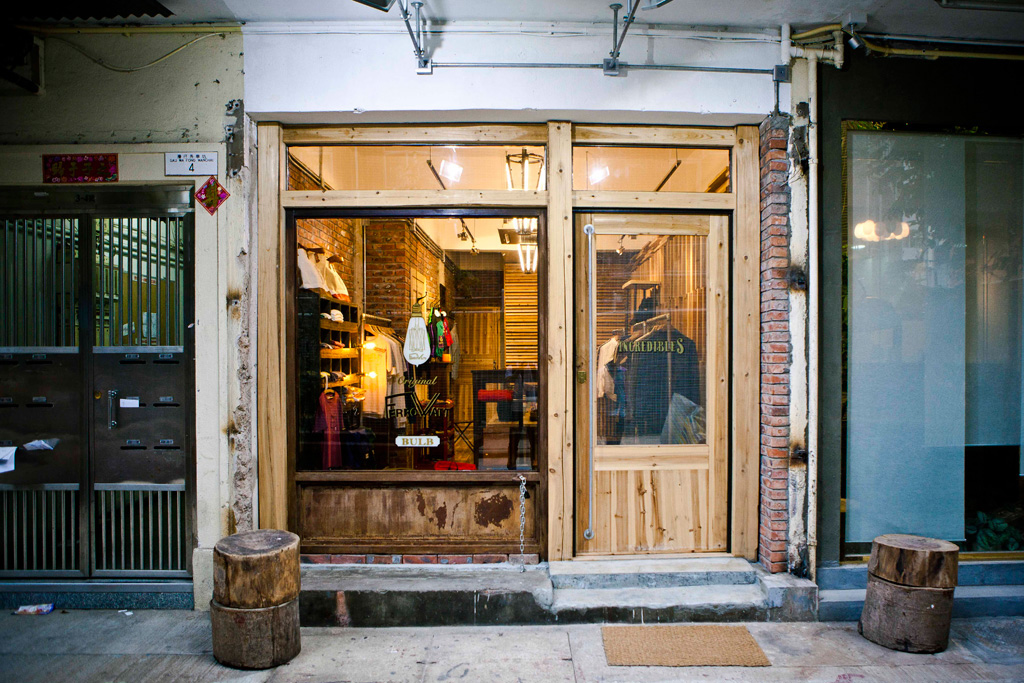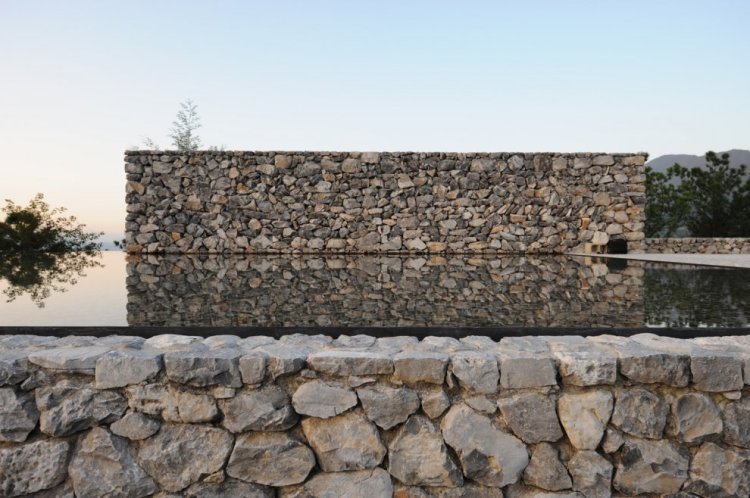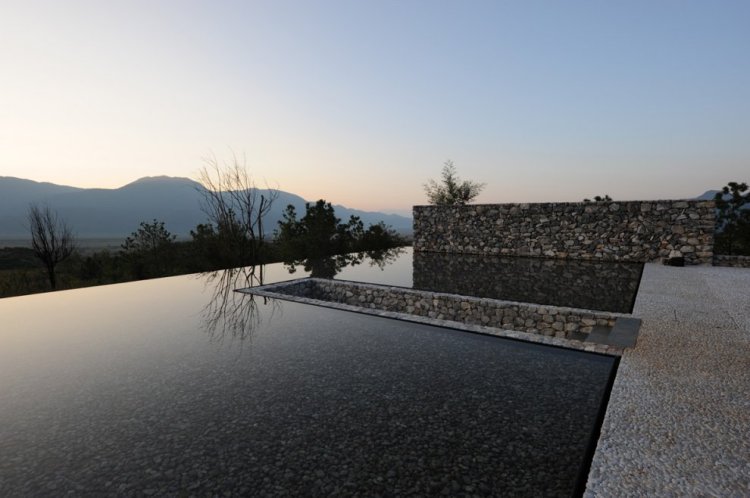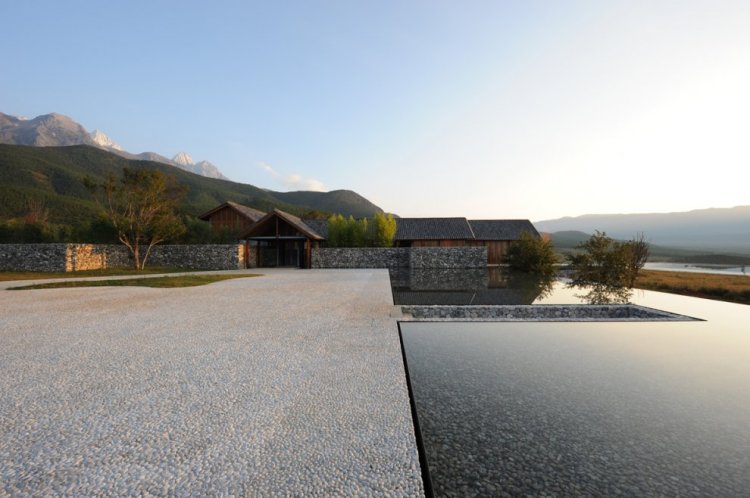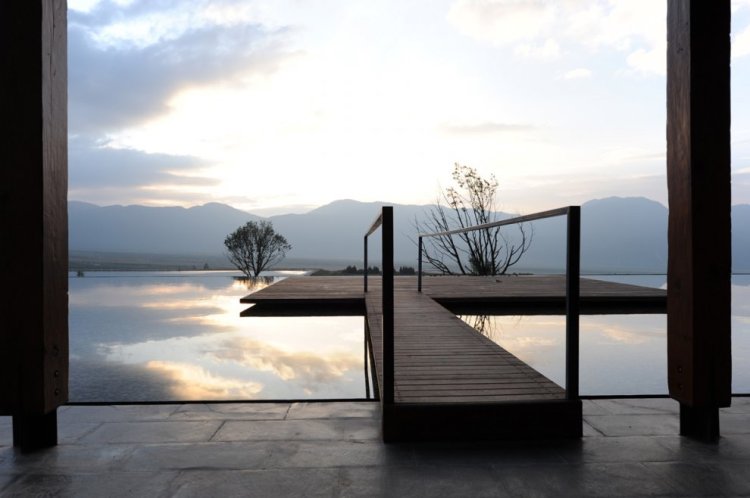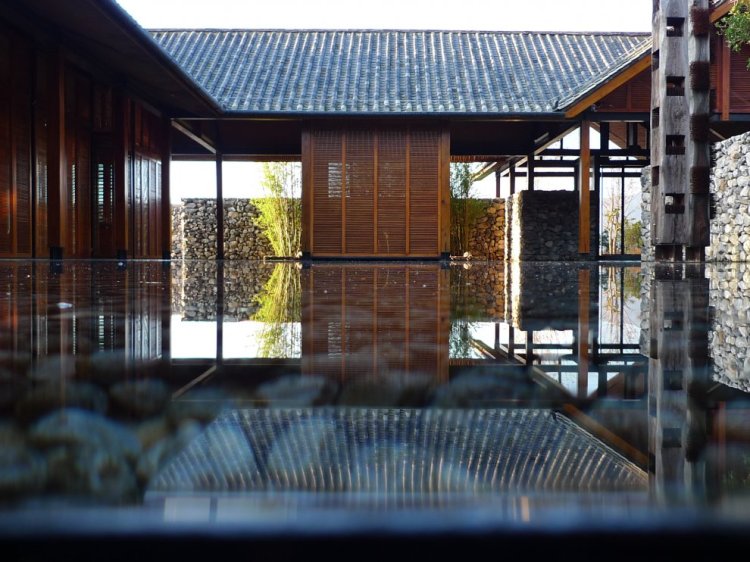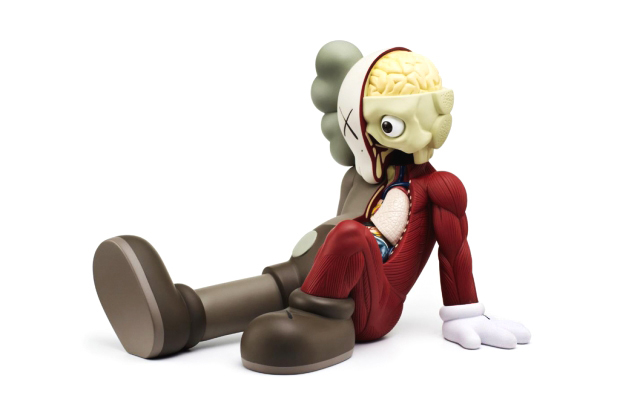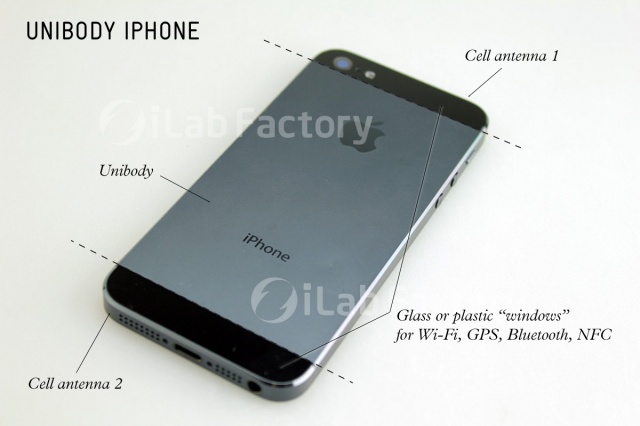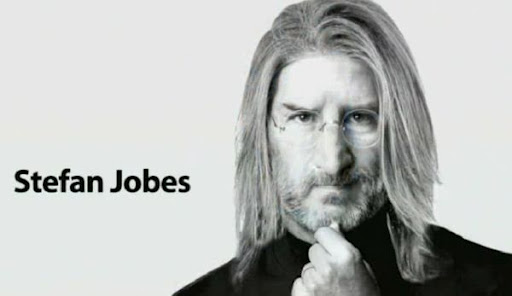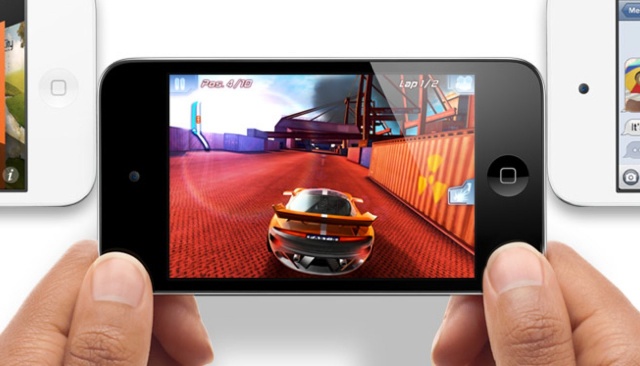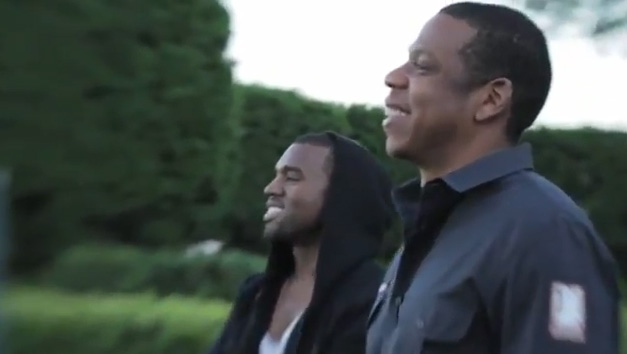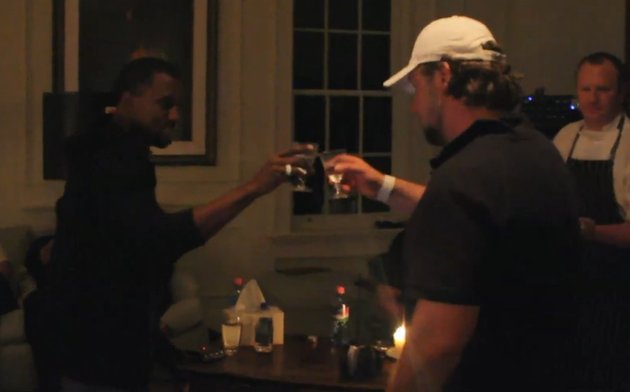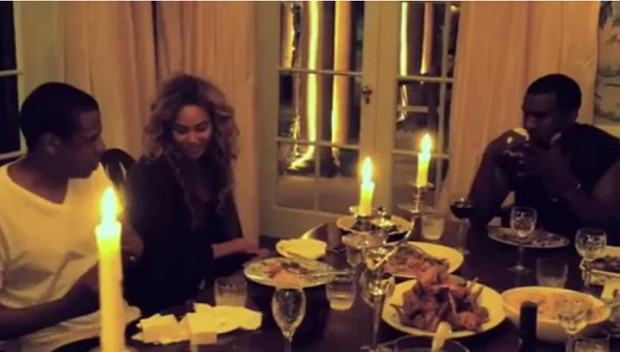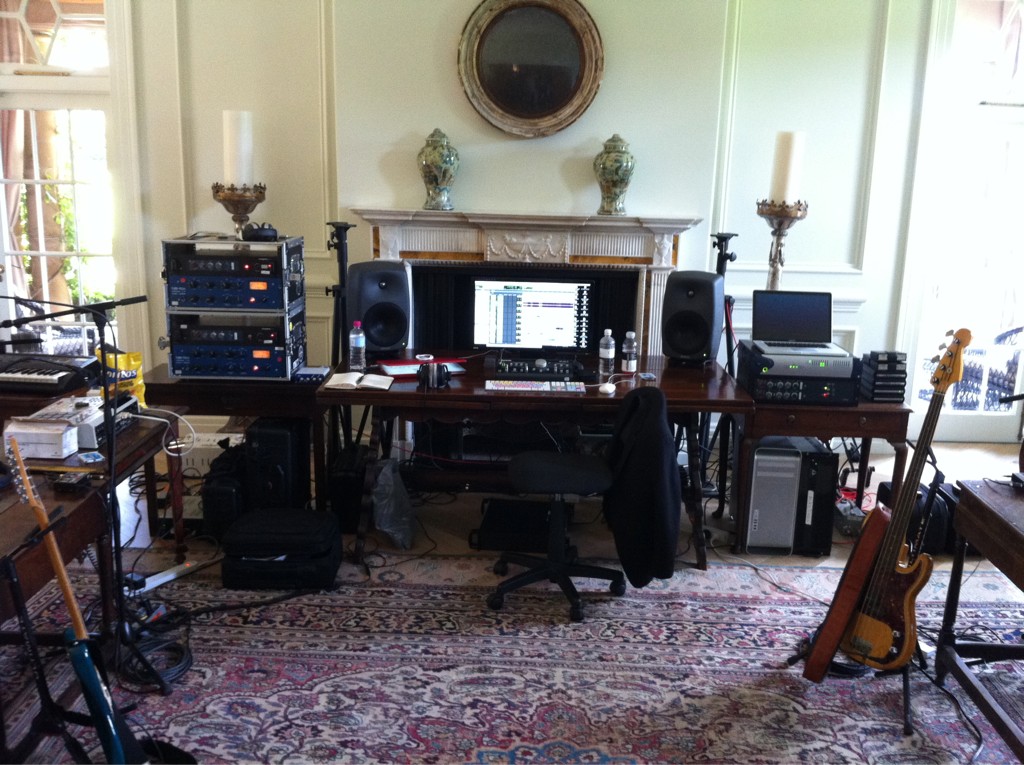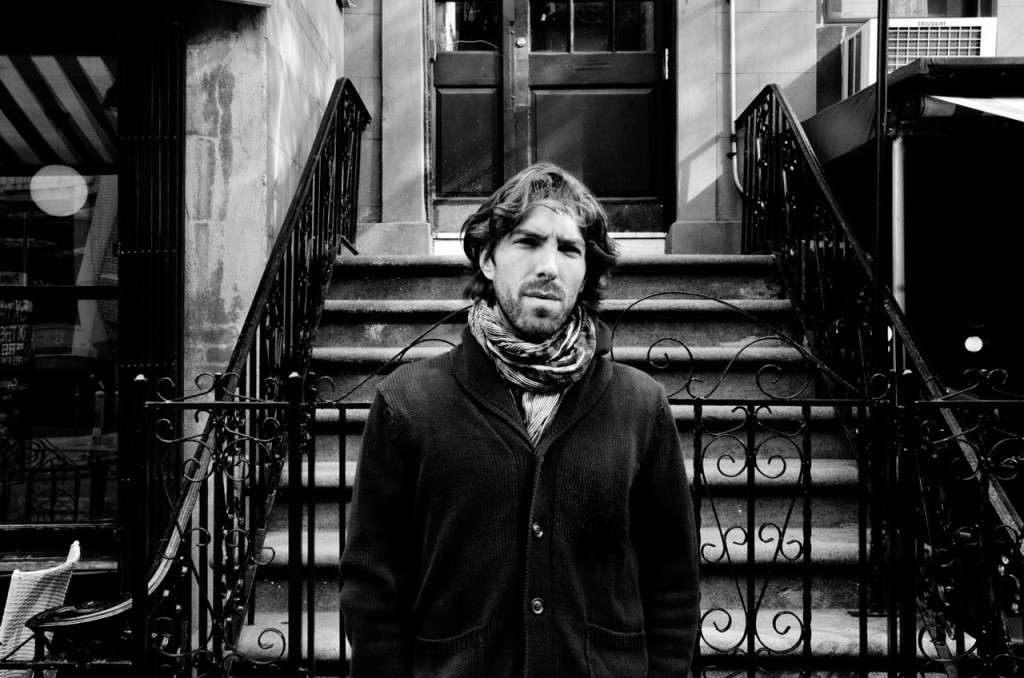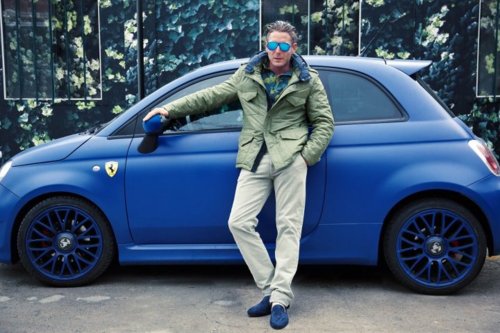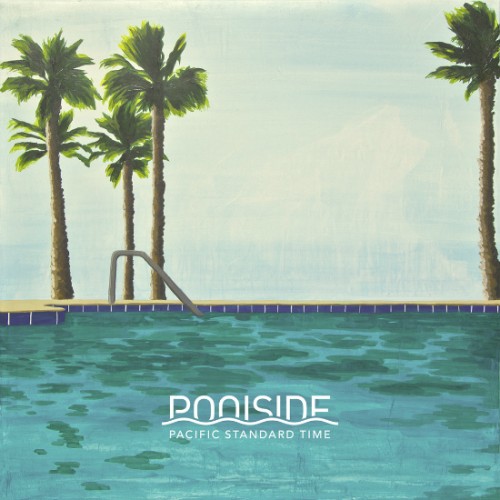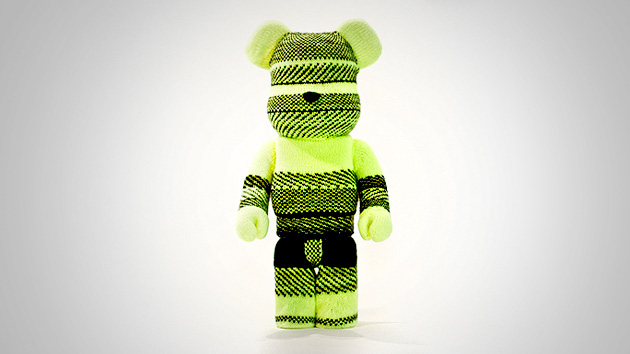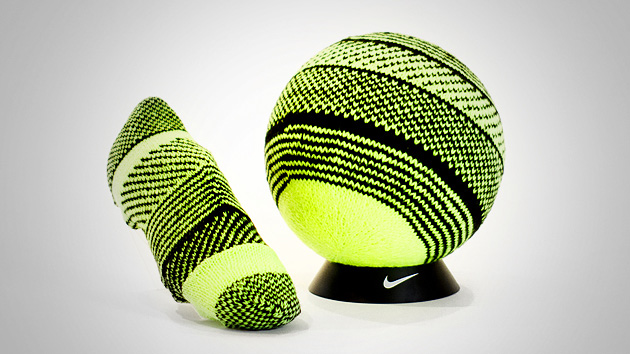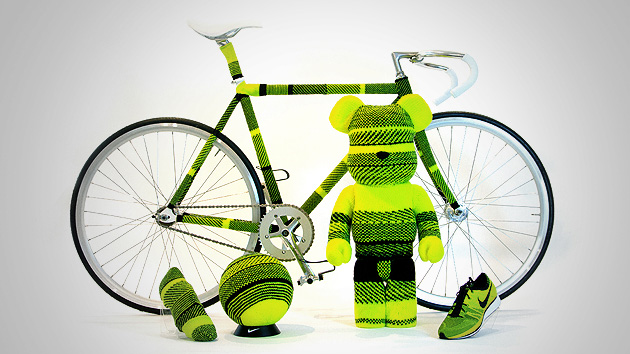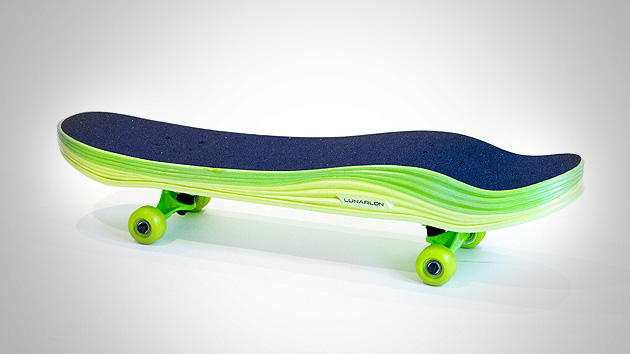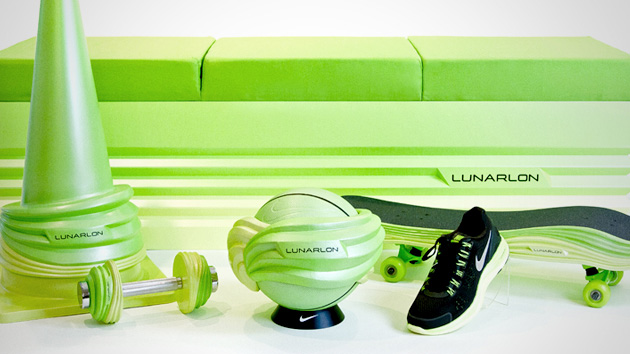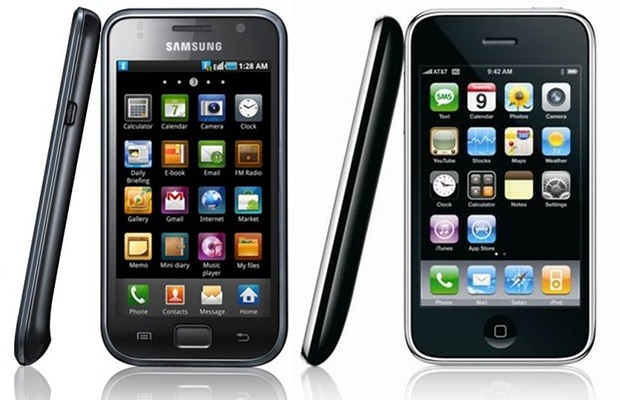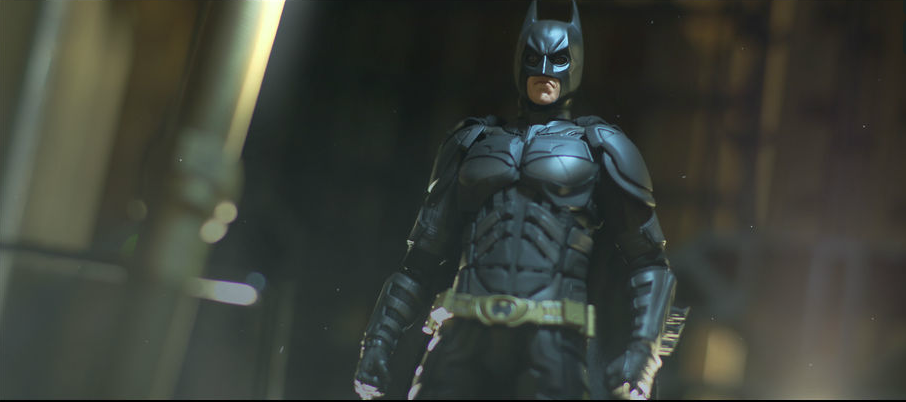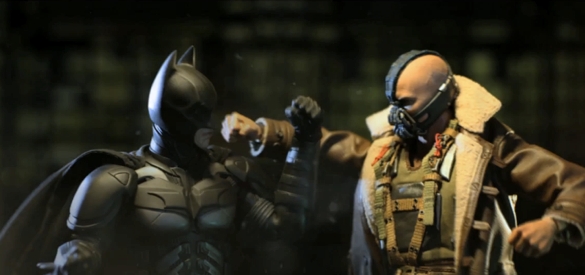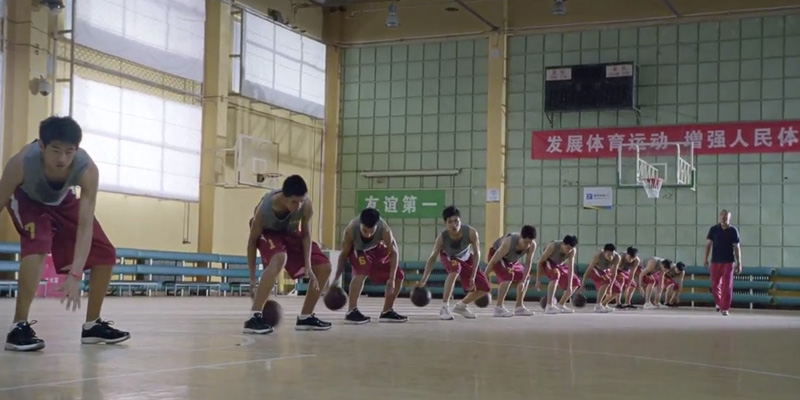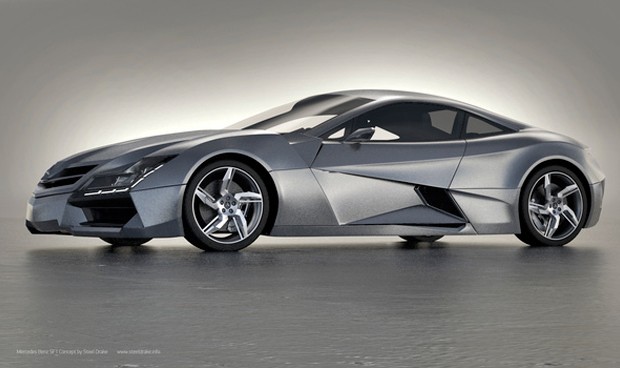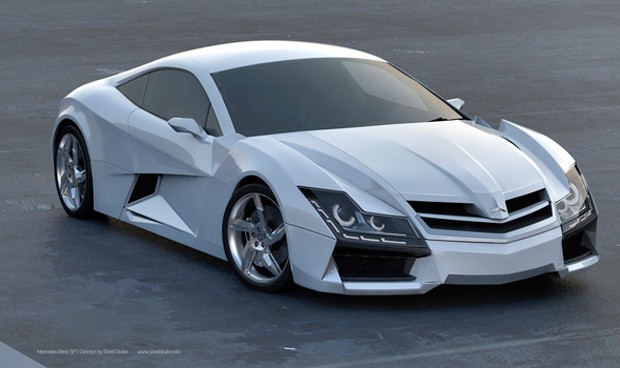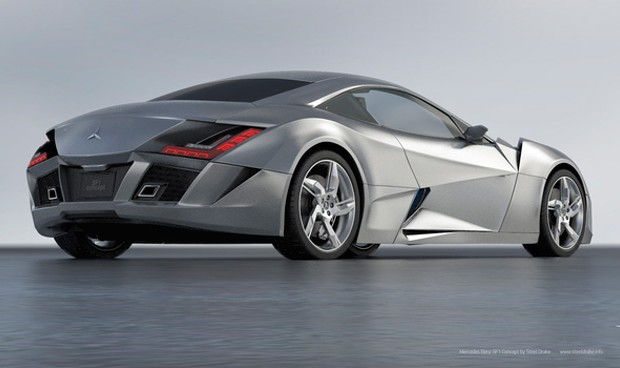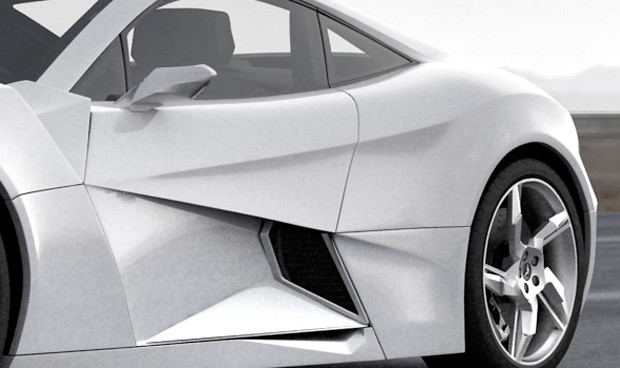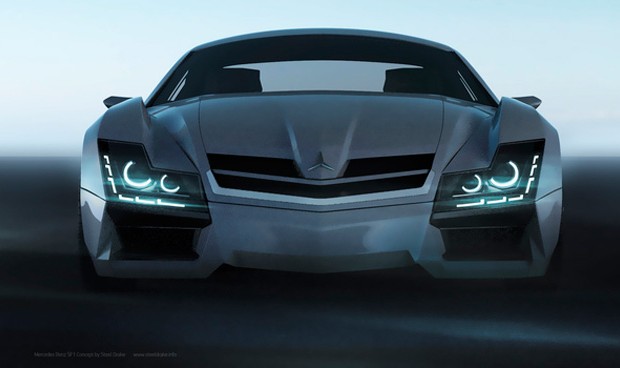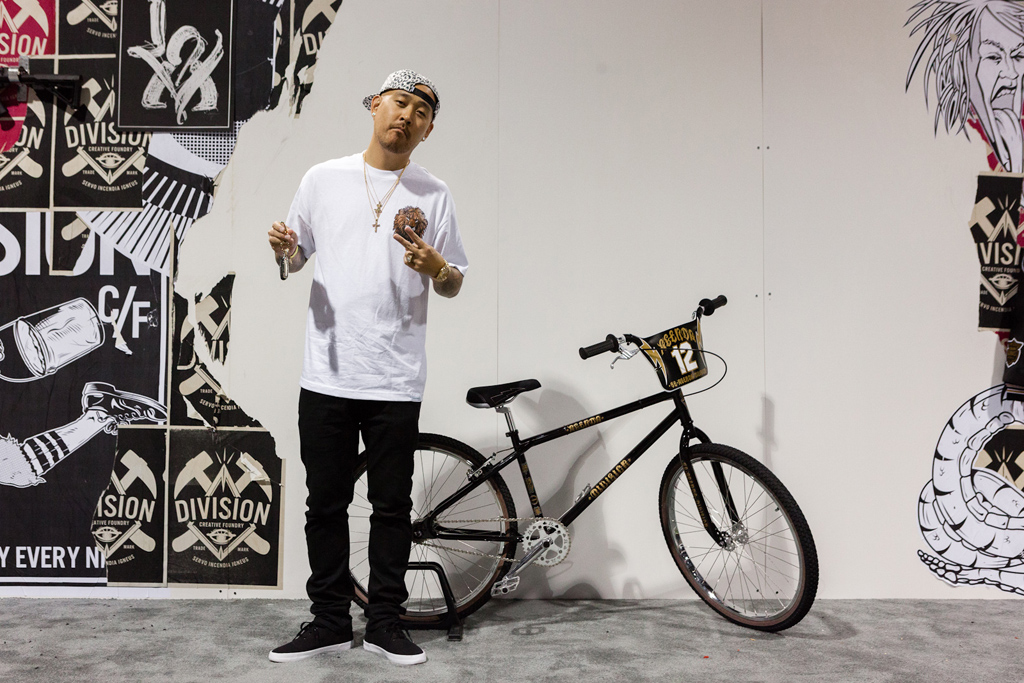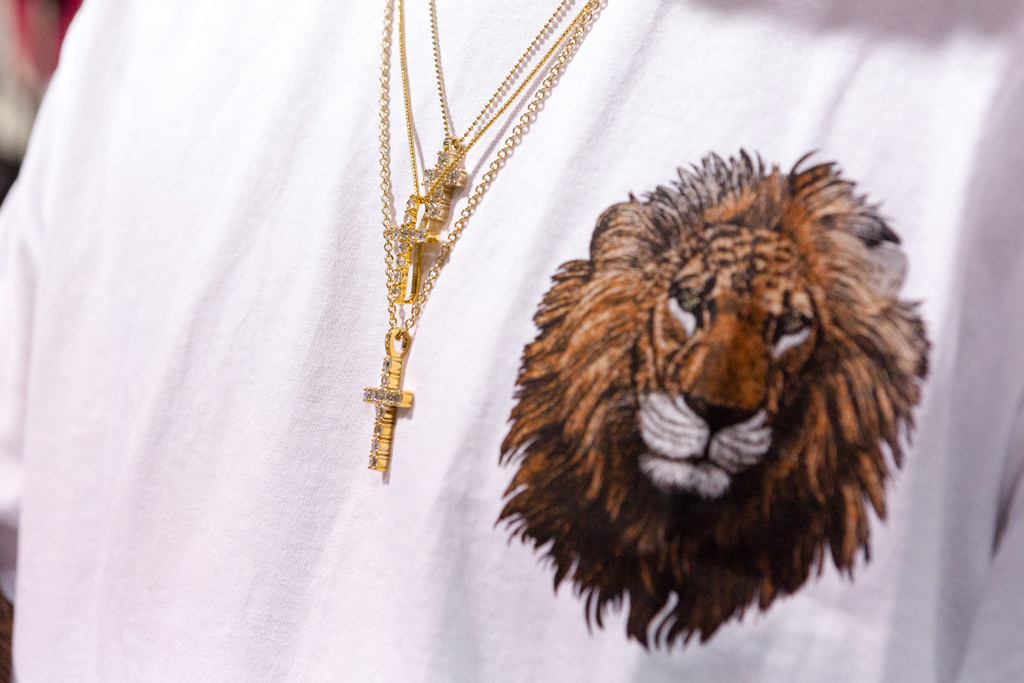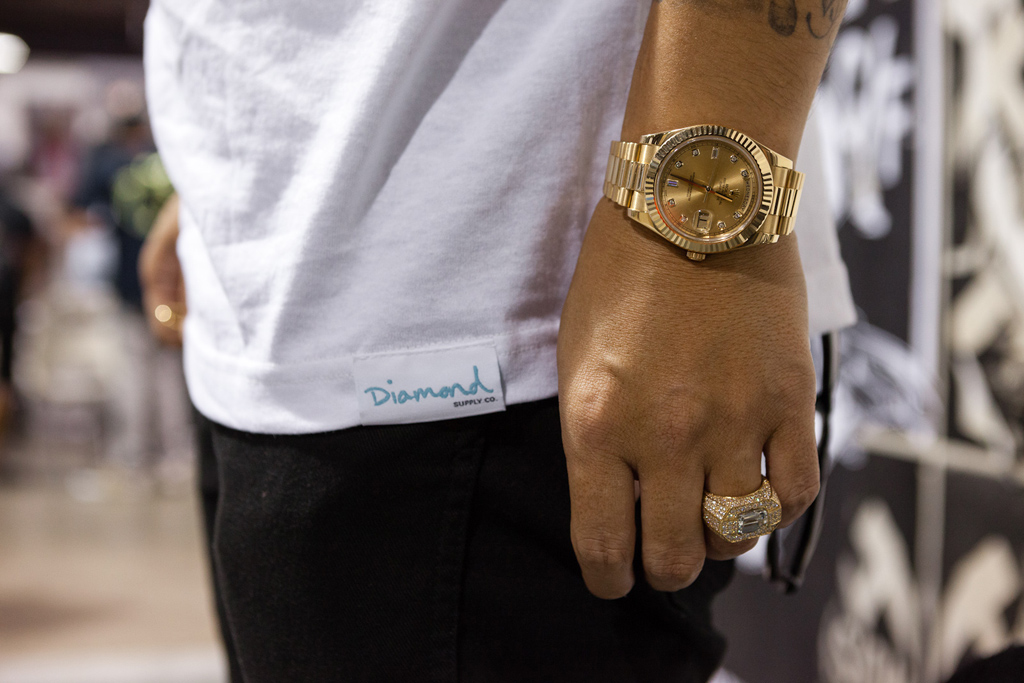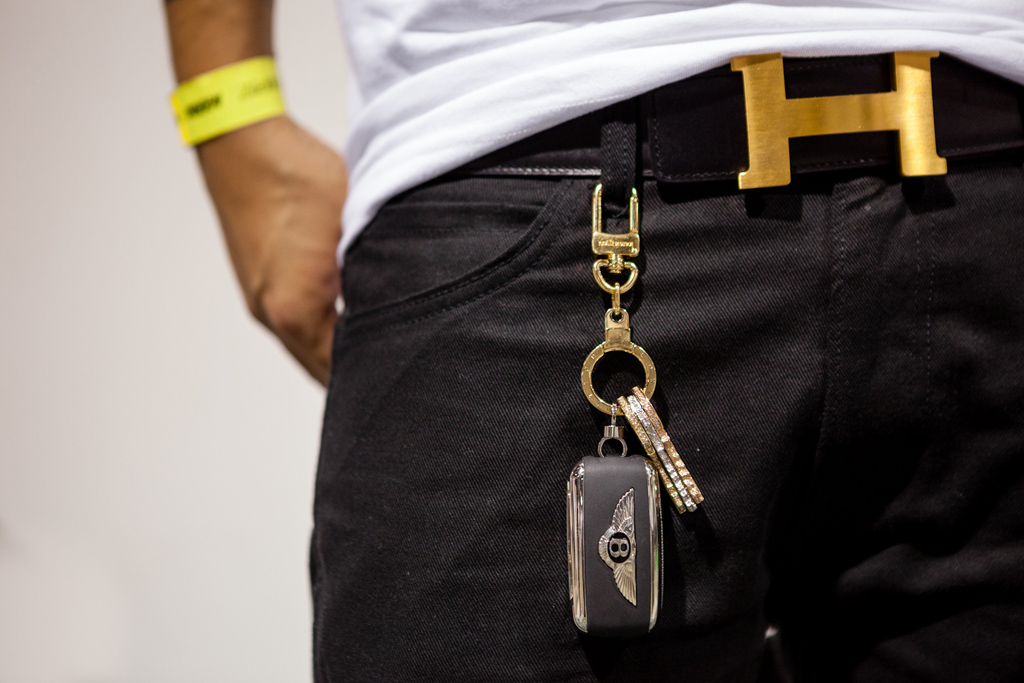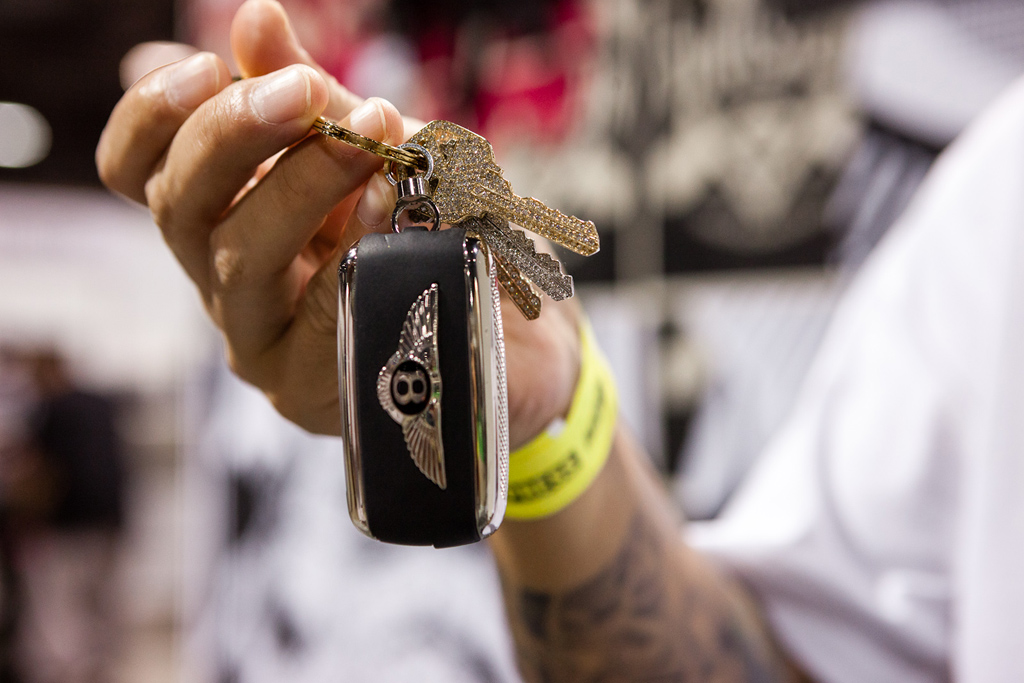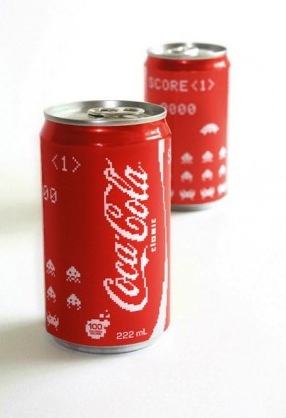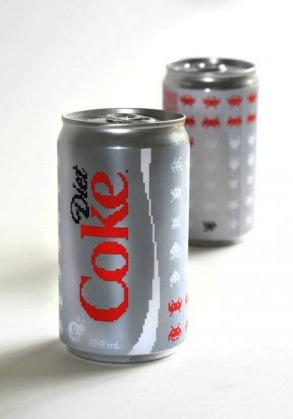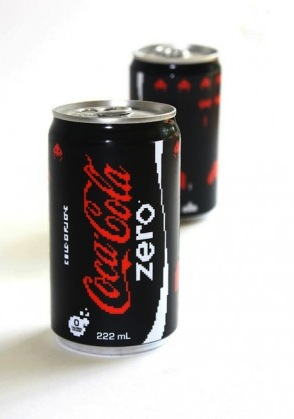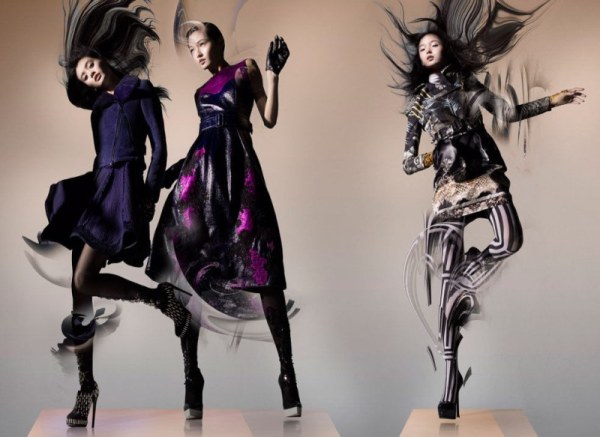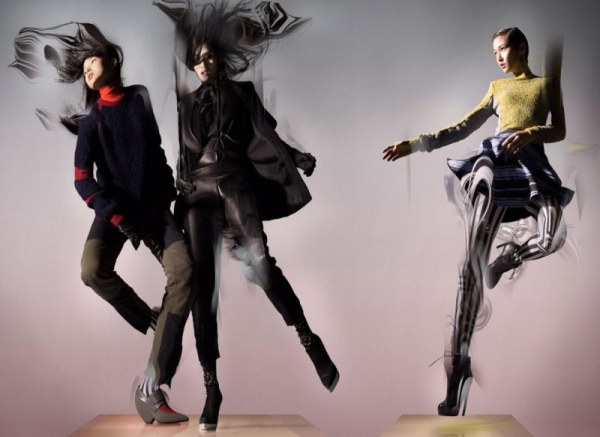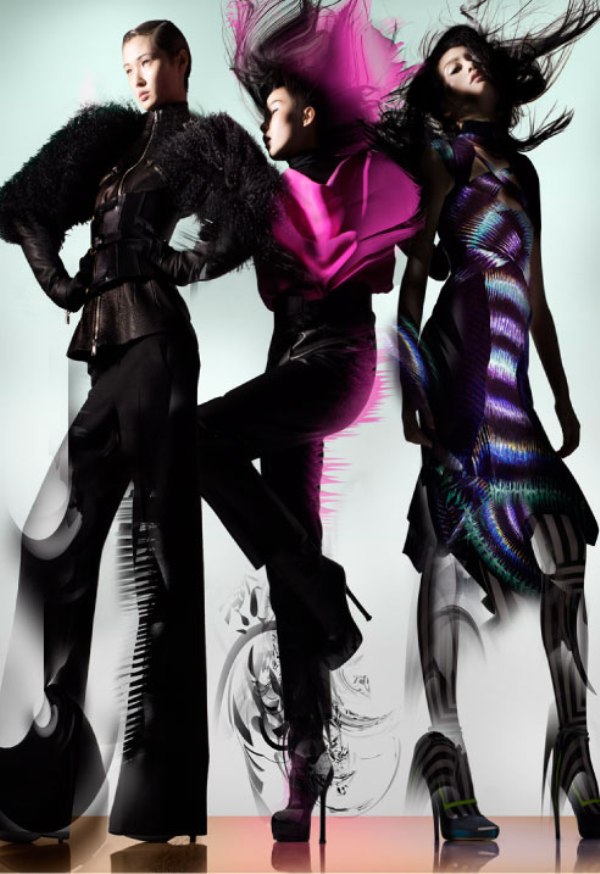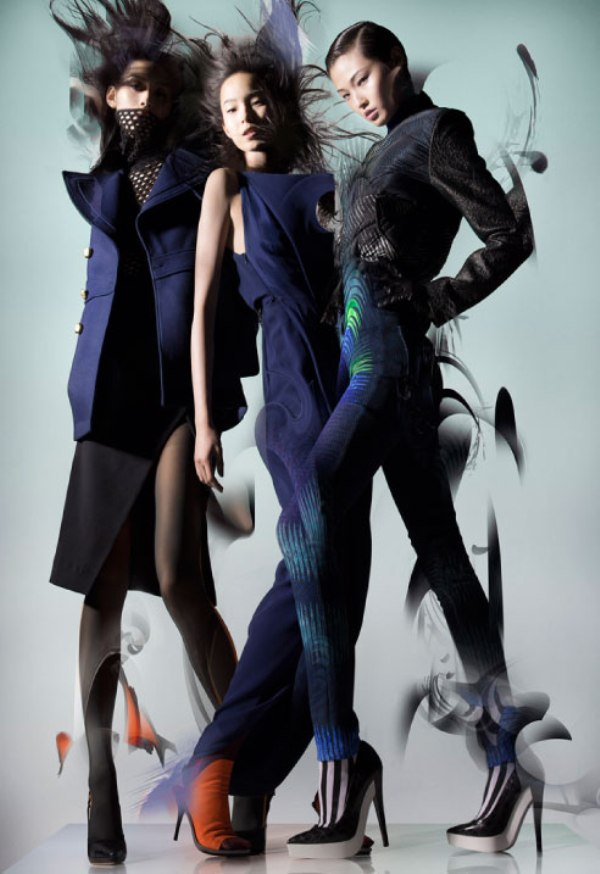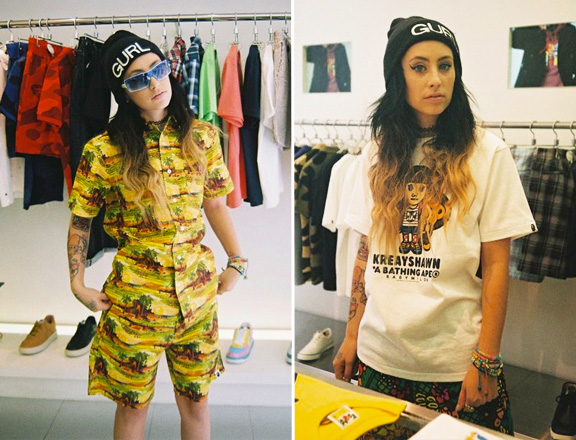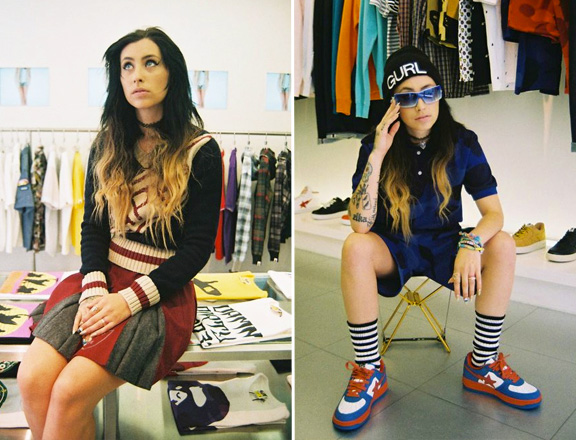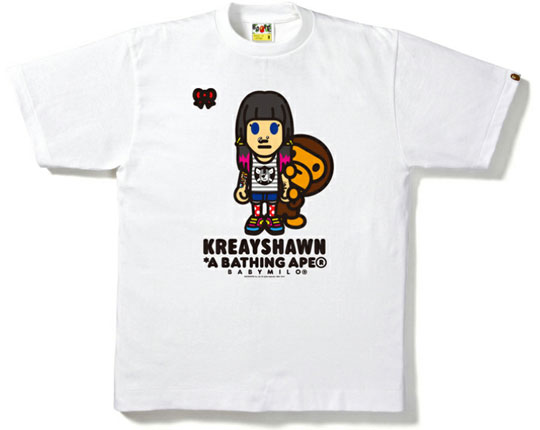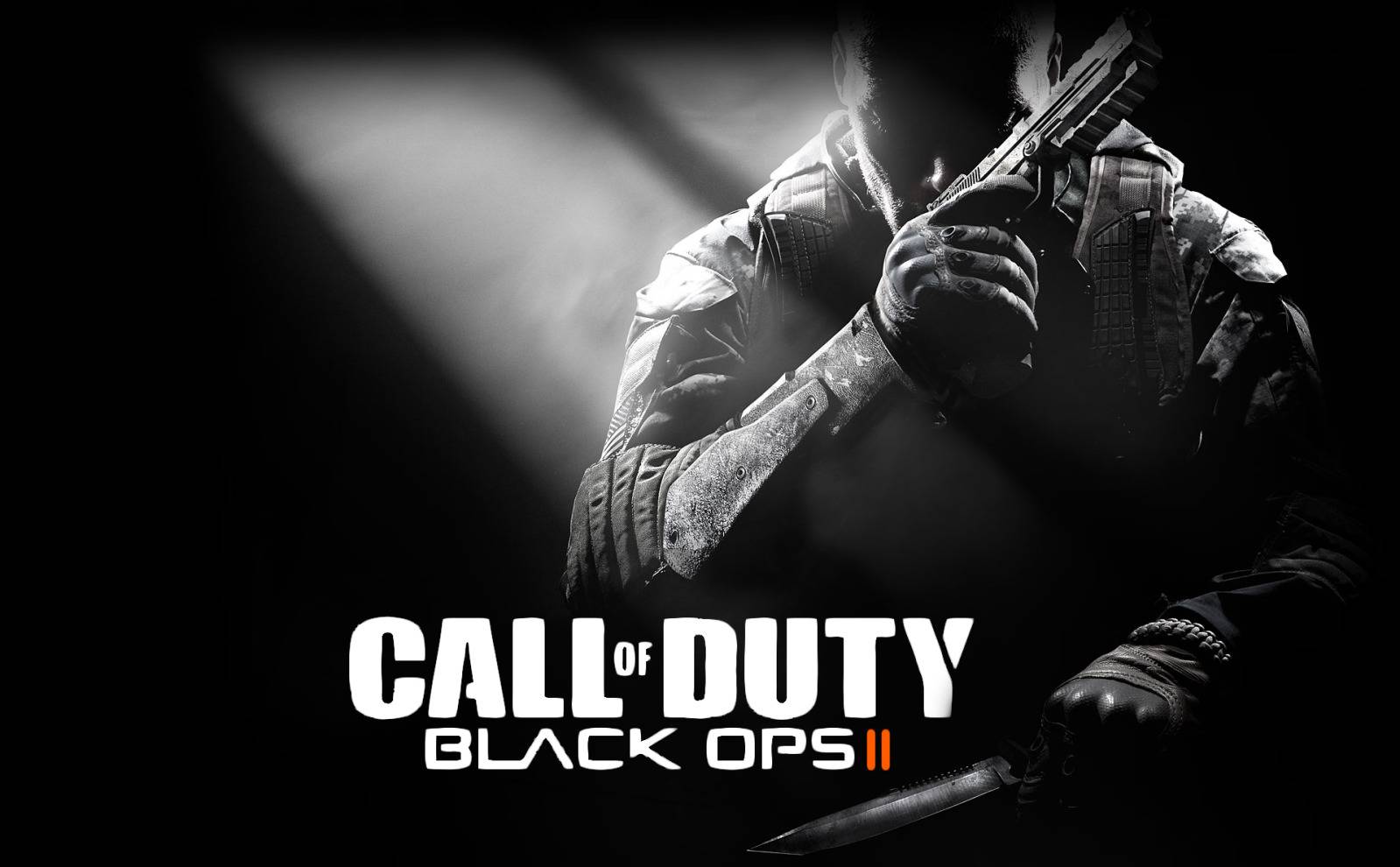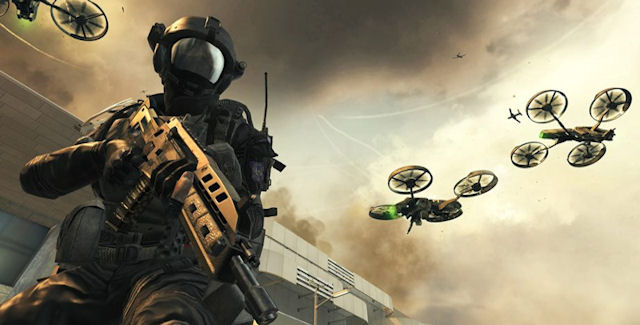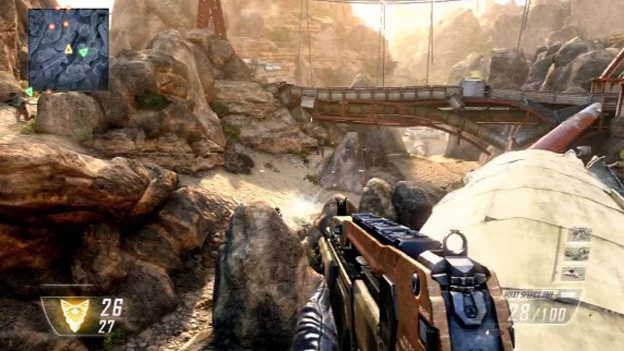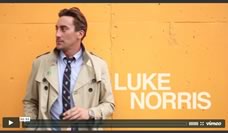Category Archives: DESIGN
The Dawn of the New Retailer: Retail’s Changing Model
Hypebeast Article –
You certainly won’t find today’s most remarkable or valuable retail stores at your local mall.
It all started with the success of Gilt Groupe a few years ago, the entity that took the concept of sample and flash sales online. The past few years have seen the rise of local coupon or group-buying sites, likeGroupon, LivingSocial, and TeamBuy. Meanwhile, in the physical landscape, fast fashion retailers like Zara and H&M are dominating; in fact, Zara already overtook GAP a few years ago to become the world’s largest retailer.
The major beef with Zara is quality. Even though this vertically-integrated company has been crushing sales, its reputation has suffered quietly for its less-than-durable goods and at times plagiarized designs. Zara is looking at methods of growth right now; the fast, aggressive expansion that they’ve been known for is clashing with the growing pains of scaling their own model to span the globe.
Fast fashion is a trend taking over the world. What happens when it reaches a peak, and consumers discover that they want more original goods? What happens when companies are able to combine competitive prices with high quality goods, ranging from fashion to eyewear?
Keep these questions in mind as we explore some of the Internet’s most interesting retail start ups.
Shining Light on Artificially High Prices
“This is technology that was invented 800 years ago. Why should a pair of glasses cost more than an iPhone?” challenges Warby Parker co-founder David Gilboa in his interview with TechCrunch. “We realized the only reason why glasses are so expensive is because there’s a handful of companies that control the supply chain. So there’s one company called Luxottica that basically owns or controls all the brands that most eyewear consumers have heard of. Oakley, Ray-Ban… they own all those brands, and they own licenses to most major fashion houses. Chanel, Prada, Dolce & Gabbana, DKNY; none of those fashion brands actually produce or distribute any of their own eyewear, they just collect a royalty from Luxottica. They also own Lenscrafters, Pearle Vision, Sunglass Hut, Target Optical, Sears Optical, a bunch of other retailers. And they own EyeMed, which is the second largest vision insurance plan in the U.S.”
“They keep the prices artificially high,” chimes in another Warby Parker co-founder Neil Blumenthal.
Today retailers like Everlane, Warby Parker, and Bonobos lead the charge against these artificially-high prices. Each organization is focused on selling designer-quality goods at low prices: Everlane specializes in apparel, Warby Parker concentrates on eyewear, and Bonobos focuses on pants. All of them bypass expensive licensing fees and do everything themselves: design, manufacturing, branding, and retail. Essentially, they’ve cut out the middlemen and retail store costs that play into the logical cause of huge markup. (This is not to ignore the additional markup high-quality brands use to create exclusivity and perceived value.)
Each one does things differently from each other: for example, Everlane has three unique traits:
- Everlane sells four types of goods every month (each one under $100 USD), each of a different variety. For example, in the first month, Everlane could be selling knapsacks, shades, beanies and cardigans. The following month will have none of those items in stock; instead, the only items available will be hoodies, bow ties, leather belts (at-cost sometimes!), and sleeveless tees.
- The company manufactures in small batches, so consumers know that there’s a chance that Everlane may run out of that month’s stock if they bide their time ruminating about a purchase.
- Loyal Everlane customers, thus, aren’t exposed to the same ole’ pair of jeans every month; they get the opportunity to purchase items that they haven’t seen before. Everlane gets loyal customers that are very enthusiastic to re-purchase items next month.
Warby Parker’s unusual approach comes from its flexibility in getting people to try their product:
- Warby Parker makes a Home Try On kit available for free to potential clients; each kit comes with a series of frames that people can try on at home for five days (return shipping is prepaid). If you like what you see, you can pay $95 USD for your prescription eyewear – all inclusive of lenses and frames.
- Also, each time you buy a pair of Warby Parker’s glasses, they give away a pair to someone in need; Sound reminiscent of TOMS’ value proposition?
Bonobos sells really affordable, fitted (and vibrant) pants that are usually price at $88 USD:
- Having started in 2007, Bonobos is in a more advanced stage of expansion than Warby Parker and Everlane. They have been experimenting with ways to scale effectively.
- In April 2012, retailer Nordstrom sunk some money into Bonobos’ equity and has started distributing some of Bonobos’ flagship items at Nordstrom stores. ”We understand there are people who still want to touch and feel clothing before they purchase. We realized we needed help expanding beyond our web-only roots,” says Bonobos founder Andy Dunn.
- Bonobos also is experimenting with a brick and mortar retail store in Boston.
Why hasn’t this been done before?
According to Everlane co-founder Michael Preysman, there are two factors playing into this: radical transparency and the virality of social media. In an interview, Preysman recalls a series of conversations:
“We’ve told people before, ‘Hey, we’re going to tell people how much our T-shirts cost.’
‘Well you’re stupid.’
So maybe we’re stupid, and we’re fine with that.”
Everlane is nowhere near the first company attempting to be transparent; they’re just one of the first to be as vocal about it having selected a powerful medium to evangelize. They’re not afraid to appear stupid either. They’ve gained a ton of attention from a controversial infographics about fashion prices they posted on their Tumblr (at the time of writing, it had over 18,000 notes).
Traditionally, gaining this level of attention would have required a marketing budget, which would have resulted in an increase in markup. However, thanks to the social web, specifically the reblogging nature ofTumblr, and its lack of cost, Everlane was able to create something that appeared before hundreds of thousands of viewers by going viral.
This particular infographic spawned a series of reactions around the blogosphere (many neatly collected in this article), which served to even further its reach. It’s that sort of concept that appeals to the people that turn into customers: Why are you paying this much for designer-quality goods, when you could be paying so much less?
Everlane, Warby Parker, and Bonobos manufacture beautiful and affordable goods. That’s not the only strategy that Internet retailers are taking to set their services apart.
Amongst the Next Generation of Retailers
Controlling Specific Niches
“We put out a product like a journalist writes a story,” explains Chris Lindland. Lindland is the founder and CEO of Betabrand, an internet company that sells apparel. “It’s almost an editorial calendar that drives design.”
Far from just another clothing store, Betabrand sells items with names like “Varsity Bike to Work Pants” and “Reversible Disco Jacket”. Their name reflects their own mentality: They push out new designs every week, and treat each item like it’s still in “beta” format. If an item doesn’t sell well, then they try again in small batches; if an item does, then Betabrand expands on it and creates new varieties of that item to retail. You’re understandably skeptical: Who the hell buys bike to work pants?
“Bicyclists — and, perhaps just as important, hundreds of biking blogs — have adopted Betabrand’s Bike to Work pants (khaki on the outside, with reflective detailing, and priced at $90),” as read in a New York Times article. Betabrand has managed to replicate that kind of virality that Everlane spread with its infographic, albeit to a much more niche audience – cyclists. Imagine the possibilities of the other items; what if disco blogs started blogging about Betabrand’s disco jacket, or if retro blogs started posting about their smoking jackets?
Connecting the Art Ecosystem
If you’ve ever wanted to replace that Godfather poster on your wall, you now have the opportunity to:20×200 sells affordable art. 20×200 pushes out 2 new pieces from a variety of artists weekly; they then manufacture 750 copies of each piece, and once the batches are sold out they’re gone – forever.
“The collectors are delighted — they are getting something that more than delivers on their expectations. To spend $20 and have some of it go directly to the person who made it — that’s hard to do these days, especially at any kind of scale. The artists are making more money than they’ve ever made as artists, in many cases. And their work is being respected and well represented in the process,” elaborates 20×200 founder Jen Bekman.
This young start up has made it feasible for artists to generate decent revenue from practicing what they love. It is creating the new norm that you don’t have to be rich to enjoy art, and that art can be profitable. Perhaps as 20×200 grows, the stigma of not being able to make money in art will slowly start to fade away.
Perfectly-tailored Dress Shirts
Esquire knows to preach against the harms of ballooning dress shirts. The folks at Kinowear have another name for it: “Bad Fit Disease.” Mainstream audiences are starting to realize that shirts aren’t just about patterns and colors; they’re about fit. Thing is, not everyone fits into those slim-fitted shirts at Zara; so what do we do when we want a shirt that fits us just right?
“People really like a Blank Label shirt because they can say, ‘I had a part in creating this,” says Blank Label founder Fan Bi. Blank Label allows customers to create customized dress shirts; like Indochino’s suits, they also have a presence in Shanghai and create products on-demand. Blank Label is an experiment in participatory commerce, with much perceived value coming from what’s known as the IKEA effect: people value things more when they play a part in creating it.
The thing that sets Blank Label apart from Brooks Brothers is price; where a dress shirt from Brooks Brothers might cost a bit over $200, a shirt from Blank Label starts from as low as $78. A more luxurious lifestyle just became much more affordable. Also, these retailers seem to be capitalizing on the long tail and then pushing their way up; for example, perhaps as fitted shirts catch on, Blank Label will grow with the trend.
The Sun is Rising
We’re looking at an interesting collection of companies here; Bonobos is wrestling with a challenge that each startup will have to tackle soon. How do they scale effectively? So far, many of their abilities lie in dealing with small audiences (like batch producing, or customization); how do these abilities get scaled?
A very real possibility of scaling lies with partnership and acquisition: Bonobos serves as a case in point. By bringing their goods ordinarily only available online (or at its flagship store in Boston) to 100 of Nordstorm’s frequently trafficked stores, Bonobos has been able to gain a ton of attention without breaking its marketing budget and still keeping goods at their current price point.
Another potential route is simply expanding slowly into the physical world through different tactics. Custom suit e-commerce company Indochino started opening up pop-up shops and integrating their retailing into reality. This also removes a barrier to many customers wanting to shop; now, customers actually can watch themselves get measured by tailors, and don’t have to worry about measuring themselves incorrectly or improperly.
OR, perhaps they don’t expand into physical world: in order to play competitively with physical stores, they all try to stay online and use that medium to keep costs low and spread word virally. The matter will be whether or not consumer behavior changes fast enough to keep up with this strategy; for example, people are already trying on goods using augmented reality.
Peering into the future, it’s going to be interesting watching these e-commerce retailers trying to take their businesses to the next level. The sobering reality is that Bonobos generates around $1 million/month, where a retailer like Nordstrom makes $10 billion/year (stats in this NYT article). The road to the top is a long one for these e-tailers, especially if they want to travel it on their own. How will these companies make it independently? Will they all end up being acquired as an arm of larger retailers in their own respective industries in the struggle to survive?
Or can they continue their innovative streak long enough to outlast their traditional counterparts?
Herbert Lui is passionate about entrepreneurship, art, and technology. In his spare time, he covers technology and startup news for Techvibes and CutEdge. If you want to connect (or heckle), please feel free to reach out on Twitter.
The Water House, Li Xiaodong Atelier
The water house is a private house, located at the foot of snow mountain Yulong in Lijiang. Sitting on a wide open sloping site, which has a panoramic view towards Lijiang, an ancient trading settlement whose old town is famous for its historic network of waterways and bridges. The site lies at the foot of Yulong mountain, its peaks forming a dramatic backdrop to Li’s architecture. The house synthesises traditional forms and techniques to make a contemporary building that resonates with place and history. and the surrounding landscape. Conceived as an interlocking series of contemplative, inward-looking courtyards, the house has an open yet closed courtyard space. Closed in the sense, it is “secured” and “separated” physically from the ‘outside world” by design elements such as stone wall, reflective pool and leveling; yet it is open visually towards the outside environment.
The low profile architectural language by using local material and simple “non-experimental” tectonic skill is meant to blend the “artificial” into the nature and local culture. Here, focus is given to space and atmosphere. Emphasis is on local-texture and non-decorative detailing, the idea is to make the house a background, from which, nature could be appreciated to its extreme. The cluster of simple timber and glass pavilions with tile-clad pitched roofs evokes traditional forms but is still evidently of its time. Lightweight, slatted walls delicately veil the light, and bamboo plants form a luxuriant green heart in the building’s central courtyard. The cooling, calming presence of water threads through the house and low eaves frame and enclose indoor/outdoor spaces. The interior space is a minimum design, the intention of which is to leave indoor space clear and simple as much as possible, so that nature could be appreciated more from within. Li considers details are important contributors to the final results of the architecture, in this case, instead of decorative details, seamless clean details are designed to provide elegance to the overall effect of architecture.
OriginalFake KAWS Companion: Resting Place
The release will be first made available via a lucky draw. Tickets will be available starting at 9:00 a.m. on Friday, August 31 at the OriginalFake Store in Aoyama, Tokyo.
Why The Next iPhone Has A Two-Toned Metal Backplate
Cult of Mac Article –
At this point, most of our readers are familiar with what the next iPhone is going to look like, including the fact that it will feature a unibody design with a two-tone metal backplate. But what’s the story with that metal backplate? Has it been designed that way just to look good and set itself apart from the design of the iPhone 4/4S, or is there a more cogent design philosophy behind the three alternating stripes of metal and glass?
We won’t know for sure what Apple is thinking until the iPhone 5 is officially announced, but one industrial designer has a great theory about why the back of the next iPhone looks the way it does. As is usually the case with Apple’s design, the new iPhone’s back plate doesn’t just look good… it’s incredibly functional and magnificently strong.
Over at the The Techblock, Chicago-based industrial designer Don Lehman dissects the design of the next iPhone, and puts the design decisions being made in the context of what has come before.
Here’s what Lehman says is behind the two-tone backplate design:
When the iPhone 4 first launched, it was a GSM-only phone, meaning it only worked on cell networks using the GSM standard. (AT&T, yes. Verizon, no.) The GSM iPhone 4 introduced the idea of an external metal-band antenna. It broke into two sections. One section for cell/data reception, and another section for GPS, Wi-Fi, and Bluetooth. This design worked but was also susceptible to a signal degradation if gripped in the wrong spot (aka Antennagate).
When the CDMA version of the iPhone 4 came out in February 2011, the design of the steel bands changed. This design would also carry over to the 4S. The 4S’s steel band is comprised of four pieces of steel: two U-shaped pieces at the top and bottom, and two long, flat pieces on the side. The steel sections don’t actually touch each other — they are separated by a .65mm piece of plastic. The way I understand the 4S cell antenna to work is this: There are two antennas, one at the top U bracket, and one at the bottom U bracket. The flat steel sides are only there to visually continue the metal band all the way around the phone and for structural reinforcement. The GPS, Wi-Fi, and Bluetooth antennas transmit out of the glass backplate.
Long story short, instead of using the entire metal band for antennas like in the 4, the 4S only uses the top and bottom sections as antennas. Since the flat sides don’t contribute to transmitting signal and only help with the structure of the device, it makes sense to make them even more integral to the structure. This is what makes a unibody iPhone possible.
This is a really interesting theory. What is especially interesting to me about it is that it explains why the new iPhone’s backplate is comprised of two small stripes of what appear to be standard Gorilla Glass with a big plate of aluminum unibody in the middle. It looks good, but it’s also a very different design choice than the kind Apple usually makes. According to Lehman’s theory, though, the metal part of the back plate makes the device significantly stronger, while the “strips” of Gorilla Glass allow the WiFi, Bluetooth and GPS antennas to peer out. Very smart.
It’s really worth reading Lehman’s entire article: he’s got a lot of very smart, very experiential things to say about the new iPhone’s design that go way beyond what we’ve outlined here. His article makes a good case for the fact that the next iPhone won’t just be the prettiest or thinnest iPhone yet, but the toughest one ever made too.
Samsung Calls BS on Apple’s Charges of Copying
In this highlight from Late Night with Conan O’Brien, Samsung ”vigorously defends itself against Apple’s absurd allegations” of copying their designs.
Apple Expected to Become World’s Biggest Gaming Platform by the End Of The Year
Cult of Mac Article –
Apple’s iOS devices have had a huge impact on gaming, and more and more people are choosing to get their kicks on the iPhone and iPad rather than dedicated handheld consoles from the likes of Sony and Nintendo. By the end of this year, analysts expect Game Center accounts on iOS to surpass the 200 million milestone, making it the world’s biggest gaming platform.
According to Apple, there are currently more than 130 million Game Center accounts, which means iOS devices are already more popular than home consoles like the PlayStation 3, the Xbox 360, and the Nintendo Wii. In fact, it’s currently the world’s third-largest gaming platform.
But Asymco expects Game Center to surpass 200 million users by the end of 2012, putting Apple’s platform way out in front, ahead of the Nintendo DS — the best-selling console to date. “No gaming device has ever reached the 200 million mark,” Asymco says.
If you look at OpenFeint figures, a third-party gaming platform on iOS, there are already more than 180 million people gaming on iOS devices.
Of course, it wouldn’t be accurate to look at sales figures alone, because not everyone who purchases an iOS device uses it for gaming. So Game Center and OpenFeint accounts are the most accurate way of determining the figures. Even then, you need to bear in mind that some users could have more than just one Game Center or OpenFeint account.
Even so, iOS devices have been gearing up to overtake consoles for some time.
Watch The Throne Documentary
A behind the scenes look at the making of Kanye West and Jay Z‘s collaborative album, “Watch The Throne“. Directed, edited, and photographed by Robert Lopuski, the 10 minute short film gives a nice look at the collaborative work of the two artists. The more private footage, as well as the old footage inserted into the clip, make it a rather round look at the work of Kanye West and Jay-Z over the last 15 years.
Thanks for the find Ellis.
The Quiet Power of Talent – Robert Lopuski
Paradigm Magazine Interview –
Robert Lopuski is a master of creative cinema and it is his passion to sculpt human perception. The collaboration between Robert, Kanye, and Jay Z before the release of ‘Watch the Throne’ was a surprise, but it is clear from Robert’s consistent stamina that his ethics were best for the challenge. Using the bare minimum, and being restricted artistically, he had to find innovative ways to show the true, hidden characters of these icons. While speaking to Robert we not only got the experience of how he earned the respect of these legendary musicians, but the deeper developments of being an artist in the evolving world of film. Robert is a man who believes in the power of a person’s own mind to actualize ideas, and he believes that “life is a series of chance encounters with yourself.”
I was in Madrid on another gig when I got the call. I had to drop everything to fly out to Sydney. I didn’t have any equipment with me. So I asked Kanye’s team if it was cool to put in a rental order– like, could you guys get some stuff down there for me? I wrote up a list: I need a camera, a mic, a stand, the simple abc’s, and they said don’t worry, we got it.
A few days later, I show up and none of it is there. So I went on a crazy four-hour tear around Sydney, finding whatever pieces of equipment I could get my hands on.
When I started filming, there were issues with exposure. I didn’t have the tools to properly capture Kanye and Jay in a candlelit studio. The equipment I had at the time couldn’t handle such low light. I would say to the handlers that there were certain things that I needed to do: turn on lights, get slightly better access, possibly stage a better setup photographically.
They said ‘no, we can’t do that.’ Could I sit down? Could I put lavs on them? I know you guys are recording the album, but could I record their conversations? ‘No, you can’t do that.’ Can I set mics up in the room to record the room? ‘No.’ Do you think while I’m here, I can do sit-down interviews with them…maybe get something that I can at least use audio wise? ‘No. They don’t feel like doing interviews.’
The job was challenging professionally because you’re thrust immediately into the inner circle yet not allowed to capture the inner workings properly.
This was in the mansion in Sydney?
Yeah, it was such a small, intimate space. They basically converted the living room into a recording studio and there was literally only like 6-7 people in the room – Jay, Kanye, Beyonce, two engineers, myself, a producer, Don C (Kanye’s manager).
I’d be literally at arms length from Jay and Kanye as they were talking. But I’m the newest member in the room, and you don’t just pull out a camera rig when you think something special is happening.
So you find alternate methods. For instance, I knew they didn’t want to do traditional interviews, so I’d turn on the audio recorder on my cell phone, and at the dinner table, put it on my knee and be like, so Jay… and then record a quick interview that way. There had to be a little subterfuge. Of course with the best intentions!
So much was happening, in such an off-the-cuff kind of way, that I found myself using whatever tools was available. Many times, I would use my cell phone if I had to. There was a lot of use of flip video, iPhone and piece of shit little cameras in that piece. I’d get access without the equipment, and so, once I was inside and they felt comfortable, I used whatever tool I could, which was usually little consumer-grade cameras.
It wasn’t until Kanye and I built a rapport on the side that I think he started becoming interested in having me around. I basically spoke freely and challenged what was being made and why.
Do you think these conversations were the catalyst that allowed that to be?
Absolutely. One of the reasons I think I took the job, aside from of the adventure of it, was that I am very much a fan of what Jay and Kanye are doing. So as a fan, I had very specific feelings about what I wanted to make and what I could find satisfying — something that had not been seen before, which was this quiet, intimate affair. On top of that, I had a lot of opinions as to what they were up to and how I could, or could not fit into this.
In the world of hip-hop, anybody who does something different is a genius, anybody who does something successful is making history; you know it all becomes these exaggerated, bombastic endeavors. And so, for me, I was not interested in that; I was more interested in the smaller moments. The quiet power of talent.
It was definitely captured. When I first saw it, I was like wow this is fuckin’ raw. Just hearing you talk about it, it’s crazy Jay Z, Kanye West, Beyonce, Russell Crowe, the whole thing. It’s pretty unreal for anybody to be able to be there and record those moments.
It was definitely exciting. I kept saying to my girlfriend, it felt a little bit like I was seeing the blogs in real form. What I mean is, every now and then, you’ll see a post of someone working in a studio and it feels alive and intimate. You feel like you’ve been given a glimpse of something really special. But when you’re actually there and your role is to capture that lens through which other people will see it, you kind of feel like you’re looking at your camera as a blog. Haha, you know what I mean?
But once you pass through that you return into the seat of a filmmaker. And then it’s your responsibility to retain that power and bring what you bring from that point forward.
How did all of this come about?
I’ll tell you a story and you don’t even have to believe this. In June of last summer, I was working at a post-production house as an editor. One day something felt very off and I end up leaving work early. As I’m walking, I’m just in my own meditative space, in my own mind, when all of a sudden somebody literally almost collides with me. Like one of those New York moments when, you’re walking and you’re like, wtf. I look up and the person that almost collided with me is Kanye.
We both look at each other, and immediately, I get this strong feeling that he and I will work together. He hops into his car, and there’s nobody inside, it’s just him. So I’m standing there, and we’re like ten feet away, and he’s sitting in his car… And I wonder, do I approach him? Even though he’s already posted my work a number of times on his blog, it doesn’t make sense to go up to him and be like hey you like my stuff.
So he’s in his car and I walk a block away and sit on a park bench. I meditate and just focus on this moment – as it was quite a curious collision of sorts. In meditation I send out these feelings of us working together. How strong that felt when we almost collided.
I walk home knowing that was actually very effective. Within twelve hours, I get a phone call from a producer to work on the Power video. That ultimately led to being hired in Australia.
You don’t have to believe that story, but our working together was very much in the cards, in a very curious way.
I believe all of it. I’m very much into this idea as well; I’ve always been very fascinated with the mind, even for myself taking this step to doing what I’m doing … it’s that, I’m twenty-five now, and I kind of stayed dormant. I read a lot, but I was very dormant in what I was actually doing every day with my brain. I very much have focused on the idea of solitude, and the temper and nature of things and just figuring out what’s going on in here first, trying to figure out how I interact with the world, and the experiences and these conversations, and what the magazine is for.
Yeah, you know, so much started happening when I was younger, to the point where you almost have to just allow your instincts to take over. It was a specific time in my life, where I was like okay, I’m really breaking off into my own and I’m pursuing something that nobody in my family has done before. You’re kind of following a feeling into an ether of sorts.
As you get older, these feelings become almost like trusted collaborators.
You mentioned previously that the piece was never going to be finished …
The experience of finishing it was so difficult, because the experience in making it was so challenging and difficult. I had to realize that finishing that piece was not only effective and important for them, but also for me.
I’m glad you did ‘cause I wouldn’t have seen your work otherwise.
Cool, I appreciate that. I actually was very happy with it. When it released, the response was overwhelmingly positive. It had a power at that time to completely sway how people felt about those two guys and the upcoming WTT album.
It just hit at the right time and I know it helped. There were comments on blogs where people said: I wasn’t even interested in their project, and after watching this piece, I just pre-ordered the album! Haha.
It was the same way with me, because I was semi-interested in it. At that point, for me, Kanye had kind of run his course and Jay was just a glorified businessman. I saw that video and thought to myself, damn this shit’s raw. I mean, when they were talking about Michael Jackson’s Thriller … it was the way it looked and the way it was done. It piqued my interest in the album totally, a hundred and ten percent.
It was very powerful.
There’s all kinds of interesting imagery in the piece. Castles on fire, wild mountain beasts, old cemeteries, smoke filled forests. Was all of this shot in Australia?
I felt like the piece needed to be elevated. It needed more imagery that expressed a gothic, almost king-like perspective on what the album was going for and what it meant.
All of those images were something I created after my time with them. The castle and open terrains were all shot in Scotland. I was there on another job and I literally stayed overseas for a few extra days traveling around the country and shooting whatever felt grand and expansive.
Back home I woke up super early one day and filmed a snow-filled forest with white smoke. All of this additional footage became part of the greater myth of the piece. It allowed for more alchemy between the moments they were having and for what I felt was needed to give the piece a deeper curiosity.
That reminds me of that one Picasso painting, I forget the name of it, but he did it and didn’t show it to anybody for about two years. He said the world wasn’t ready for it. The only person he showed it to was Matisse. It’s just what you were kind of talking about, raw power, and he didn’t let anybody fuck with it, it was just in the back of his studio turned around.
Interesting. You know, I’m very into the potency of work. It’s almost like when you hear somebody else singing a Dylan song and wonder why the song you’re hearing in the background is so powerful by an artist you don’t know, and the reason is because it’s coming from such an incredible pulse. The source is power.
And all of that power comes from within. I believe that if you see it in here, you can create it in this world.
Exactly. You create it first. And then the opportunity finds you.
Thank you man.
Thank you.
Poolside: Pacific Standard Time
Thanks for the find Chris L.
Tracklist –
01 – Tulsa
02 – Next To You
03 – Why You Wanna
04 – Harvest Moon
05 – Slow Down
06 – Take Me There
07 – Kiss You Forever
08 – Do You Believe
09 – Give It A Rest
10 – Can’t Get You Off My Mind
11 – Just Fall in Love
12 – California Sunset
13 – Golden Hour
14 – Between Dreams
15 – Without You
16 – Take Me Home
Nike Innovation Hunt – Art Works Inspired by Innovation: Flyknit Bearbrick & More
For the launch of the new Nike Lunar Glide+ 4 and the Nike Flyknit sneakers, Nike Japan is hosting the Nike Innovation Hunt. This week art works inspired by Nike Flyknit and Lunarlon technologies have been hidden through out Tokyo and with the help of maps one can go out and find them.
If we would be in Tokyo, we would definitely participate because there are some fantastic pieces in the range. From the Lunarlon skateboard deck, soccer balls to the Flyknit Bearbrick toy and fixed gear bike, the hunt is worth taking part in.
More info on the hunt can be found here.
Why Apple is ‘Losing’ the Samsung Lawsuit So Far
Cult of Mac Article –
Apple is a riddle, wrapped in a mystery, inside an enigma. No, wait. That was Stalinist Russia.
Whatever. The two are nearly identical in their abilities to keep secrets.
As an Apple observer myself, I’m keenly aware of the iron curtain of secrecy that prevents anyone from knowing what Apple is working on, what they’re planning and what their processes are for developing new technologies.
Rumors and speculation are always so easy to come by; unannounced facts are rare — even facts about the past.
That’s one of the great things about Walter Isaacson’s biography of Steve Jobs. It gave rare insight into the inner workings of Apple, to some degree.
And that’s what’s so great about the current jury trial in Silicon Valley, where Apple is suing Samsung and Samsung is suing Apple. It’s forcing Apple to reveal countless facts and events that it doesn’t want to reveal.
The lawsuit appears to be far from over. But already, it’s clear that Samsung is “winning.” Why? Because it’s a contest between a company that cares deeply about its secrets — even small ones — and a company that doesn’t care as much. So the discovery and revelation is punishing Apple.
Here are the 8 secrets Apple has been forced to reveal in court in the past couple of weeks.
1. Steve Jobs changed his mind about a 7-inch iPad
Steve Jobs famously dissed the 7-inch form-factor in an October 2010 Apple earnings conference call by saying: “This size isn’t sufficient to create great tablet apps in our opinion.” He also said that because tablet users tend also to have smartphones, “giving up precious display area to fit a tablet in their pockets is clearly the wrong trade-off.” 7-inch tablets are “too big to compete with a smartphone and too small to compete with an iPad.”
But three months later, we learned in the trial, it appears that Jobs changed his mind.
Apple Vice President Eddy Cue said in a January 2011 email revealed in court that (after playing with a Samsung tablet) he strongly advocated to Jobs that Apple should sell a 7-inch iPad, and he championed the idea to Jobs several times starting in late November of 2010. Jobs became “receptive” to the idea “the last time,” according to the email.
2. Apple spent more than a billion dollars marketing iPhone and iPad
Apple’s Senior VP of Marketing Phil Schiller was forced to specify in court that Apple spent $647 million on marketing for the iPhone before the end of fiscal 2011, and $457.2 million to market the iPad. That’s more than $1.1 billion in iMarketing money.
3. Apple closely watches the competition
Part of the Apple mythology, which is encouraged by Apple itself, is that Apple doesn’t pay attention to the competition.
Samsung produced an internal Apple email written by Apple industrial designer Christopher Stringer, in which he wrote: “Paul, I need your latest summary of our enemies for an ID brainstorm on Friday… If you have any more data beyond this please could you update the chart? I wonder if there’s anything worth noting about the HP/Palm leak.”
4. Apple listens to its customers
Another part of the Apple mythology is that Apple doesn’t get product cues from customers and users. Apple says they design products for themselves because the users don’t really know what they want.
However, the trial has revealed the existence of extensive surveying of customers by Apple. Samsung wants the data made public.
Survey questions reportedly aim to find out why Apple customers choose iPhone instead of competing phones, for example, and specifically how much they like or dislike specific features of the iPhone.
Apple strongly opposes the revelation of the survey data. The judge sided with Samsung but granted Apple time to appeal.
5. Most people buy iPhone cases
Internal Apple documents forced out of Apple in the trial show that 78 percent of iPhone owners buy cases for their iPhones.
6. Apple thought about adding a “kickstand” to the iPad
Apple created several iPad prototypes that in hindsight look somewhat wacky and loony. One had a huge “kickstand” in the back, so the tablet could be propped up like a framed photo.
7. The code-name for the iPhone was “Purple”
The initiative to develop a phone was known internally at Apple starting in 2004 as the “Purple Project,” and the area where this development took place was called the “Purple Dorm,” which smelled like pizza, according to Apple VP Scott Forstall. Bonus detail: The “Purple Dorm” had a “Fight Club” sign to emphasize secrecy, as in: The first rule of fight club is that you do not talk about fight club.
8. Apple made a phone instead of a camera or a car
Schiller also revealed that the iPhone came about because Apple was interested in expanding into other markets. The company actually entertained the ideas of making “a camera or a car,” according to Schiller.
Why Secrecy Matters to Apple
A big part of Apple’s aura is the perception of effortless genius. A dozen brilliant designers sit around a kitchen table and dream up the future.
But the Samsung trial has forced Apple to reveal a different reality. Apple works really hard to get its success. Apple spends a fortune to market its products. Apple people speak internally in the language of violence: It’s competitors are “enemies” that must be defeated in a design “fight club.” It pays close attention to the competitive products and customer satisfaction. Apple doesn’t always know what it’s doing.
And it’s not just aura. Apple people probably believe that it’s their view of the world — how they think about problems and solutions — that sets them apart. And revelations about how they thought about past products enables competitors to more easily get inside their heads and perhaps think the same way about future products.
Whether you agree with Apple’s obsession with secrecy or not, that obsession exists. Keeping these secrets is important to Apple. Which is why the lawsuit has thus far cost Apple far more than Samsung.
BATMAN : Dark Knightfall (HD full version)
“Batman: Dark Knightfall” Full version. A Batman fan made stop-motion animation
directed by Derek Kwok and Henri Wong of Parabucks co. using Batman toys.
Can you believe this was their first attempt on stop motion?! Amazing!
A Parabucks co. production https://www.facebook.com/Parabucks
Jordan Presents: THIS IS WHERE IT STARTS
Somewhere, someone is working on their game. Watch this global rivalry unfold for two players determined to rise above the competition.
Mercedes-Benz SF1 Final Design Concept
The final design concept of Steel Drake’s Mercedes-Benz SF1 concept. The aggressive sharp, angular lines remind me of the Lamborghini.
Agenda Long Beach: The Return of Ben Baller
Coca-Cola ‘Space Invaders’ Concept Cans
Graphic designer Erin McGuire designed these really cool conceptual Coca-Cola cans for a school project. Inspired by the classic Space Invaders video game, the branding on the cans for Coke Zero, Diet Coke and Coca-Cola Classic.
SushiTa Restaurant
SushiTa entrusts Solodesign to design its new restaurant in Ancona (Italy). Using natural and eco-friendly materials.
The kaiten is a moving ribbon bringing dishes made by the Japanese chef and is the focus point of the room. It is enlighted by an installation made by a rain of wooden pendants from the ceiling thus highlighting its sinuous path and both projecting evocative lights and shadow plays in the meantime.
Room’ s bottom wall portrays a koi carp, raising sun iconography’ s traditional symbol, but it’ s molded with a tipiccally European pattern, as to synthesize the project’ s essence: the meeting of two cultures – East and West.
Lighting has been designed in collaboration with light designer Stefano Dall’ Osso using last generation energy saving technologies with a domotic control system so to create different backgrounds.
Lane Crawford Fall 2012 by Nick Knight
Chinese supermodels Ming Xi, Xiao Wen and Wang Xiao pose in front of photographer Nick Knight‘s camera for Lane Crawford‘s Fall 2012 fashion campaign. These dark haired beauties are covered from head to toe in dark romantic ensembles by designers Balenciaga, Alexander Wang, Givenchy, Lanvin and Yves Saint Laurent.
i-D online Behind-the-Scenes: BAPE® versus Kreayshawn
Call of Duty: Black Ops 2 Multiplayer Trailer
I can’t wait for Call of Duty: Black Ops 2. It takes multiplayer to 2025! Experience it for yourself on November 13. Pre-order now and receive the bonus Nuketown 2025 multiplayer map! http://www.callofduty.com/blackops2/preorder


